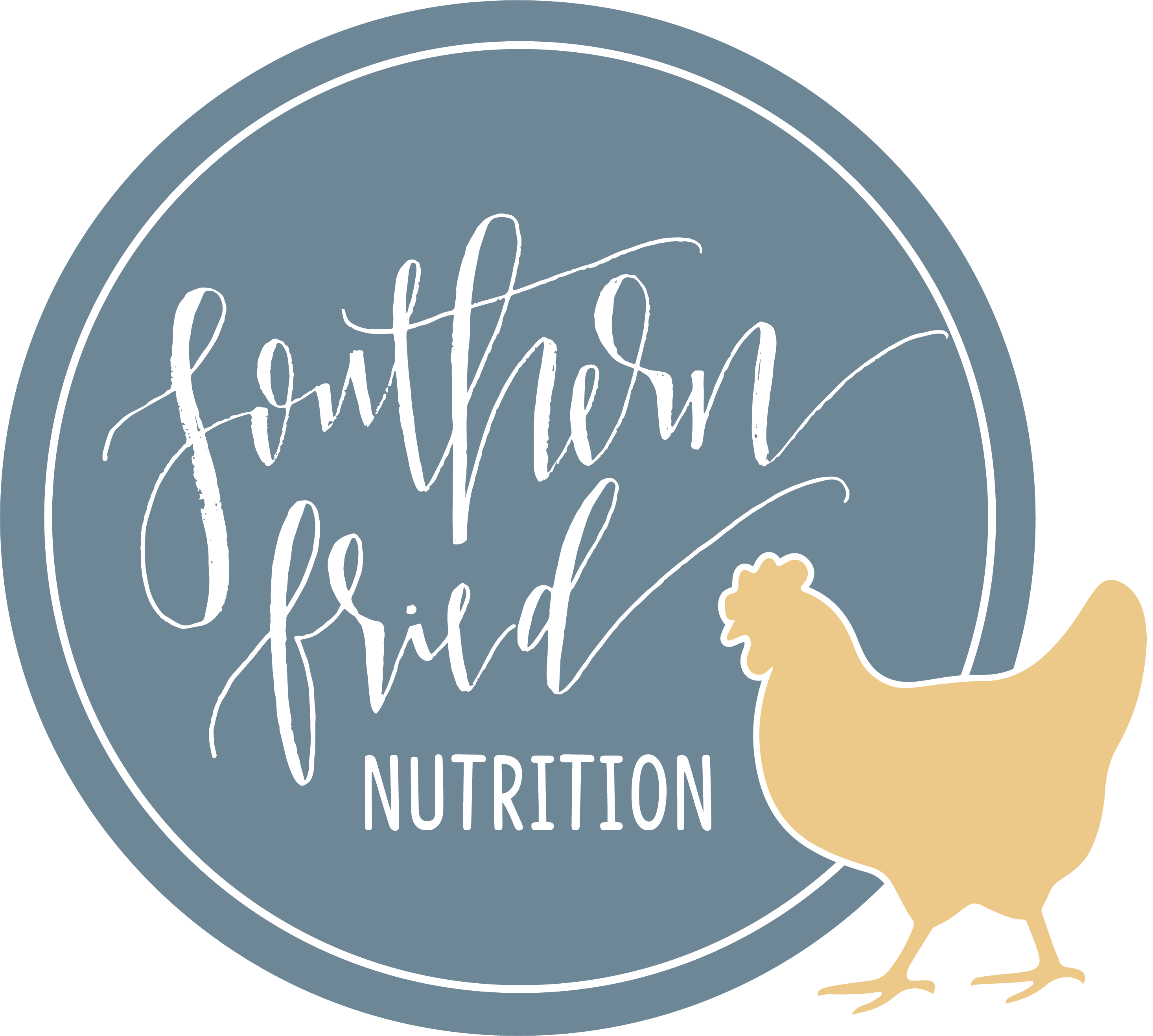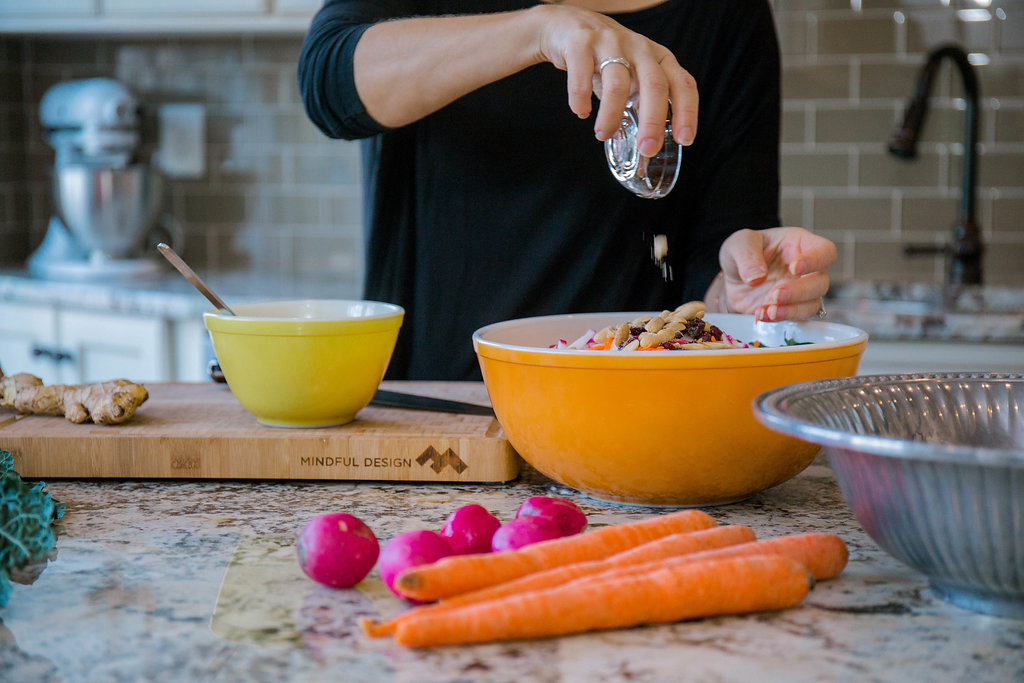On April 21, I participated in an Instagram Live with my colleague Malina Malkani, registered dietitian nutritionist and author of Simple & Safe Baby Led Weaning, to talk about introducing food allergens, particularly during this Covid-quarantine period. I shared some resources and information about how parents can make the decisions they need to during this unprecedented time when access to healthcare (including emergency) is limited. We spoke in generalities, because it’s impossible (and irresponsible) to give medical advice online, since there are too many things we don’t know about specific situations. Both the National Institute of Allergy and Infectious Disease (NIAID) and AAP have guidelines to help with the introduction of peanuts and other allergens. This information and the live we provided was informational in nature and not meant to replace or provide medical advice. It’s important for allergic individuals to completely avoid eating their allergen, particularly at this time.

Here are some of the takeaways from our conversation, as well as some resources to help parents make the decisions they need to make:
- Know your child’s risk for developing food allergies. In the LEAP study, researchers identified moderate to severe eczema and existing egg allergies as the risk factors for developing peanut allergy. Moderate to severe eczema that is difficult to treat and long-lasting is a risk factor for developing food allergies. In addition, having a first-degree relative increases the risk of developing food allergies. If your child has these conditions, talk to your pediatrician or allergist first about introducing potential food allergens. While it’s ideal to introduce peanut foods early to reduce the risk of peanut allergy development, the benefits must be weighed against the risk. Right now, it’s important to avoid unnecessarily adding to the burden in the ED and risking exposing your family to coronavirus.
- If your child doesn’t have risk factors, introducing food allergens should be safe…and fun! The NIAID has great information on how to introduce peanut foods for infants with low risk. Check out this handout and use it for peanut foods and in considering how to introduce other foods too. Be familiar with the signs of a reaction and ready in case you need to stop the feeding and consult your pediatrician if you have any concerns or questions.
Here are a few other helpful tips when introducing potential allergens:- Start with a healthy baby! Don’t introduce new foods when baby is sick, miserably teething, or is especially fussy. You don’t want to mistake illness for a food allergy reaction.
- Begin early in the day, well before a nap, when you can monitor baby during and for a couple of hours after the feeding.
- Give baby just a small amount of the allergen to start and work up to a full (infant-size) serving if baby has no reactions. See the NIAID handout for descriptions of reactions.
- In the event a child has a potential food allergy reaction, reintroduction should wait until evaluation by pediatrician or allergist. Food challenges are not considered essential during the covid period, according to AAAAI, so those should wait until the pandemic has subsided.
Helpful Resources:
NIAID Guidelines Summary for Parents and Caregivers: https://www.niaid.nih.gov/sites/default/files/peanut-allergy-prevention-guidelines-parent-summary.pdf
NIAID Home Feeding Instructions of Peanut Foods for Low Risk Infants: https://www.niaid.nih.gov/sites/default/files/addendum_guidelines_peanut_appx_d.pdf
From AAP – The Effects of Early Nutritional Interventions on the Development of Atopic Disease in Infants and Children: The Role of Maternal Dietary Restriction, Breastfeeding, Hydrolyzed Formulas, and Timing of Introduction of Allergenic Complementary Foods: https://pediatrics.aappublications.org/content/143/4/e20190281
National Peanut Board Prevent Peanut Allergies website: www.preventpeanutallergies.org
Australia’s Nip It in the Bub allergy prevention campaign: https://preventallergies.org.au

